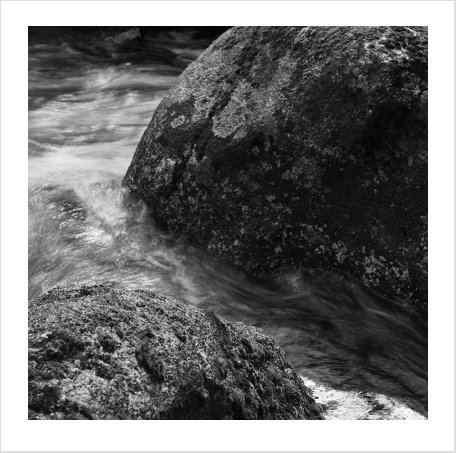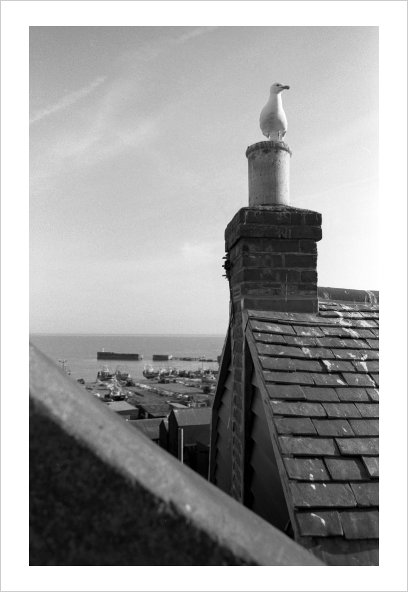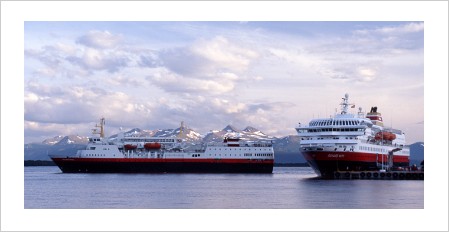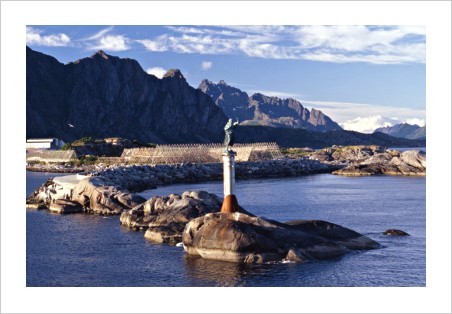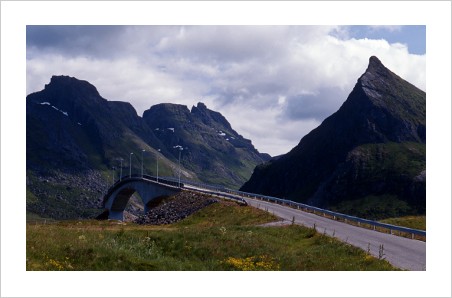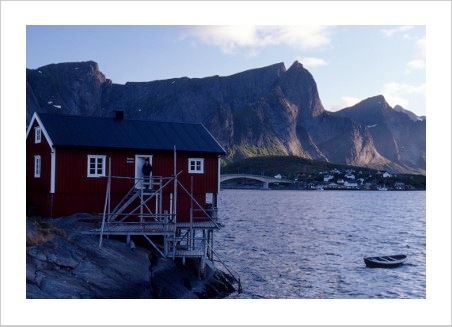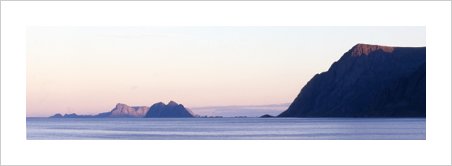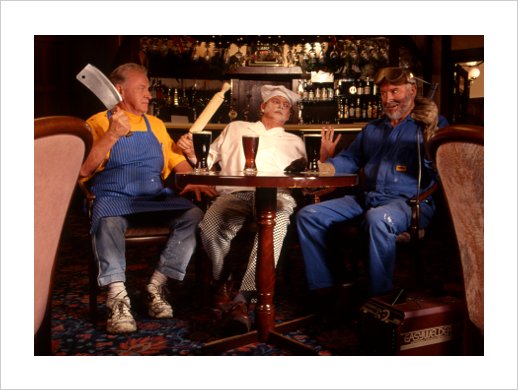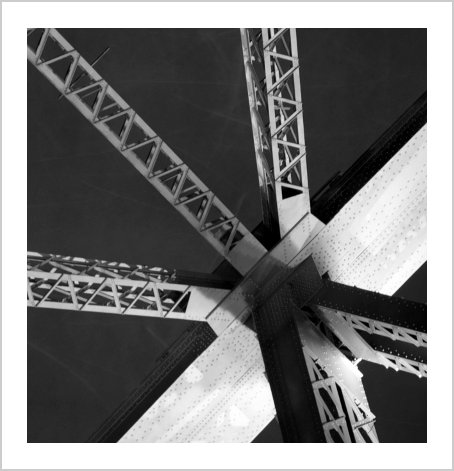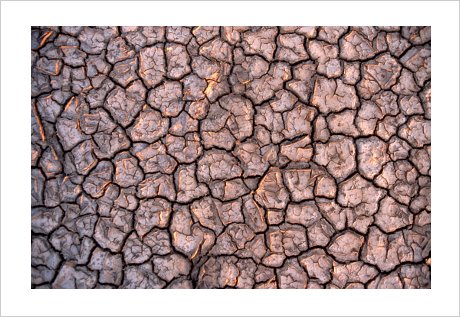I visited Canberra for four days to take photos to NSW Tourism’s specs. It wasn’t a commissioned shoot but I ended up selling them enough photos to make it worth my while. Trying to fit a large number of good photos into four days isn’t much fun – you’re either doing reconnaisance or racing from location to location during periods of good light – daily work hours of 5am to 11pm.
On one of those days I was at the
Australian War Memorial, in the middle of the day (bad for light except for some cloud cover) and without a shot in mind. Standing there wondering whether I was wasting my time, a dignified veteran arrived with his grandson and kindly agreed to be involved. Between busloads of tourists and periods of harsh sunlight we captured these two images over perhaps half an hour.
I connect with both of these images, particularly that of the grandson whose benign expression and direct eye contact are more powerful than I could have hoped. So powerful that only now – after ten years – have I realised that his right hand is clenched. I never left his eyes long enough to see it.
Originally I tried to photoshop out the brand name on the grandson’s sweater but (having failed to make the end result look natural) I realised that they link to the veteran’s war medals – there’s certainly a visual link and one could argue that as this veteran’s life is (no doubt) defined by his military service and brotherhood with those who served, ours is defined by commercialism and brand tribalism. You might say that we have been made free by those who served, only to enslave ourselves in other ways.
I remain frustrated that in this second image we couldn’t get a background free of tourists – they came by the busload, each new group arriving before the last had meandered out of view. After unsuccessfully waiting at length for a clear background I felt I’d crossed the bounds of politeness in using this gentleman’s time, thanked him and watched him walk with his grandson into the war memorial.
